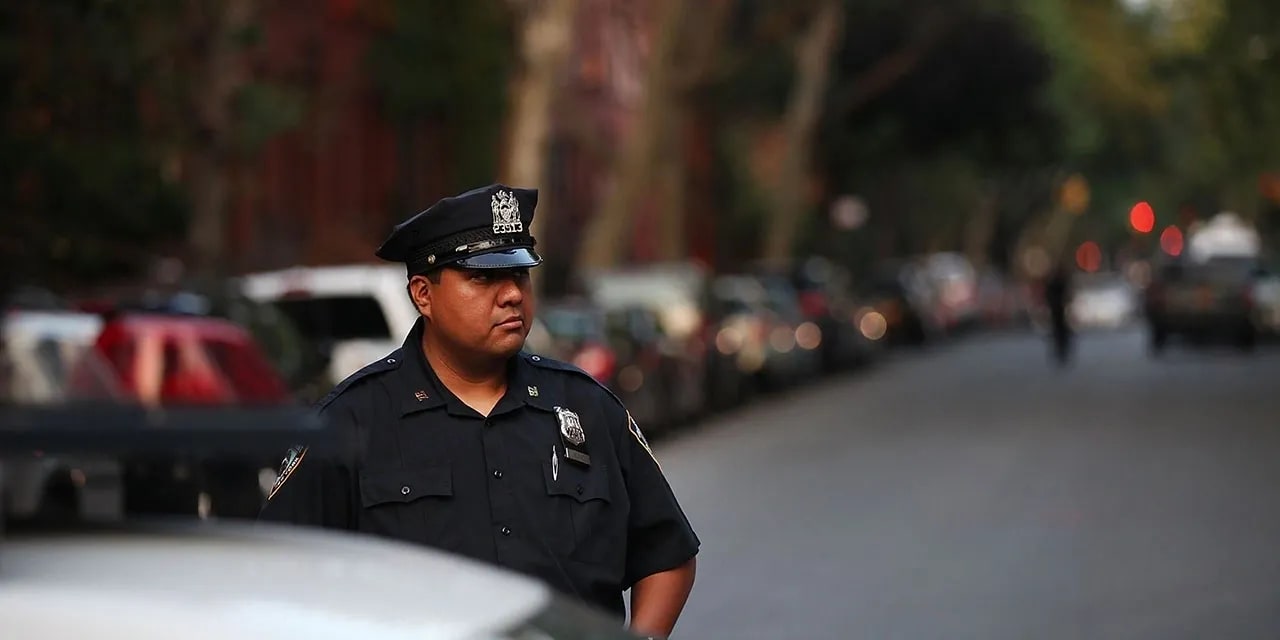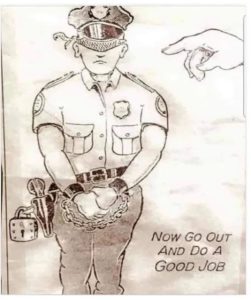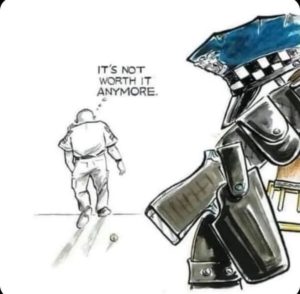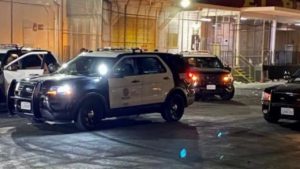The Bottom Line is you may not need more COPS but you need to free the ones you do have from routine tasks that can be done by others. COPS deter crime and that is GOOD!
More cops mean less crime. This is one of the most robust findings of empirical criminology, supported by study after study since at least the late 1990s. But researchers still debate how, exactly, this effect comes about. Does increasing the number of officers reduce offenses by increasing the number of crimes solved, or by deterring offenders from committing crimes in the first place?
A recent paper by Tel Aviv University economist Sarit Weisburd sheds new light on the question. Using novel data from the Dallas Police Department, Weisburd demonstrates that cutting police presence leads to a dramatic increase in crime and offers compelling evidence that this effect is driven by a drop in routine patrols. Cops on the beat drive down crime.
Beginning in 2000, the Dallas P.D. equipped its patrol cars with GPS locators, which provide data on the vehicle’s coordinates every half-minute. Weisburd analyzed police location data from 2009 against 911 calls in each “beat,” the roughly two-square-mile area that DPD officers patrol. The resulting dataset provides a minute-by-minute measure of police presence and crime levels across Dallas.
There’s a classic problem associated with similar studies of police effect on crime. If an increase in crime causes police to flood a particular area, then a comparative analysis may suggest that an increase in the number of police correlated with an increase in the crime level. This phenomenon—called simultaneity—caused early researchers to conclude, erroneously, that more police increased crime.
To address this problem, Weisburd takes advantage of the Dallas PD’s “rapid response” mandate, which calls on officers to respond to emergency calls within minutes. Because this mandate often requires officers to leave their beats, one can examine how a call for help in another area of the city affects crime rates in the area that the departed cop was meant to be patrolling. Weisburd focuses on non-crime out-of-beat calls, ensuring that the out-of-beat event is not of the same sort as the crimes in-beat she subsequently tracks.
The effect is pronounced. Weisburd finds that a 10 percent decrease in time spent in a beat results in a 7.4 percent increase in crime, as measured by 911 calls. Conversely, a 10 percent increase in time on beat reduces public disturbances by 6 percent to 7 percent, and burglaries by 5 percent. In other words, the presence of cops has a major effect on the crime rate.
But by what mechanism do police alter the crime rate? Weisburd proposes two possibilities: that the mere presence of an officer deters crime, or that the presence of an officer increases the chance that an offender will be arrested before he commits multiple crimes, thus lowering the overall offense rate.
Weisburd provides two pieces of evidence for the officer deterrent effect. She looks at how police presence affects the probability of crime, instead of the number of crimes, and finds her estimates unaltered. And, reasoning that smaller jurisdictions mean that a potential offender is more likely to see and therefore be deterred by an officer on the beat, she looks at how police effects vary over large, medium, and small beats, finding that additional patrol cars have a larger impact on smaller beats.
All this suggests that when it comes to how cops control crime, simply walking the beat is one of the most powerful tools available. In fact, it appears that when officers leave their beats to respond to routine calls, crime goes up, which may mean that fast 911 response is less important, from a crime-prevention perspective, than simply having a guardian present in the community.
Weisburd’s study, then, offers two distinct lessons for policymakers. It adds to the already voluminous evidence that more cops reduce crime, while fewer cops increase crime—a grim sign for progressive cities currently slashing budgets and shedding officers.
At the same time, if cops on the beat are the most effective crime deterrents, then administrators should try to minimize the amount of time officers spend responding to routine 911 calls. Civilian employees may have a greater role to play in comprehensive public safety efforts, giving cops more room to focus on stopping crime.
Charles Fain Lehman is an adjunct fellow at the Manhattan Institute and a staff writer with the Washington Free Beacon, where he covers social issues and policy
Instead of “defund the police,” we at the United Police Fund say: “DEFEND THE POLICE!”
Join the movement to support our police. Sign the “Support Our Police” petition at: https://petition.unitedpolicefund.org/.
Let’s join together and loudly proclaim that we want police to have the training, support, and resources they need to assure public safety and combat crime.
Photo by Spencer Platt/Getty Images






